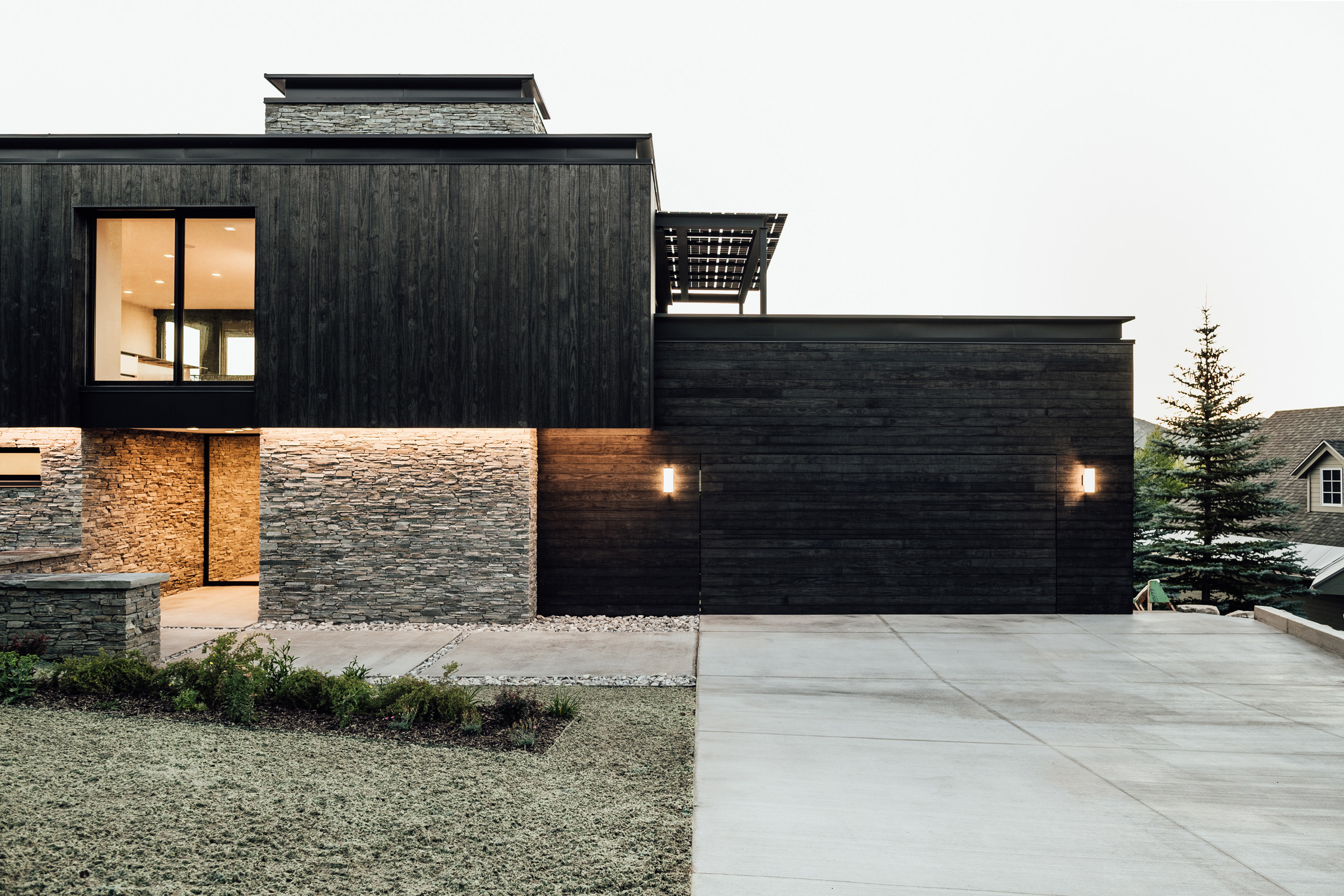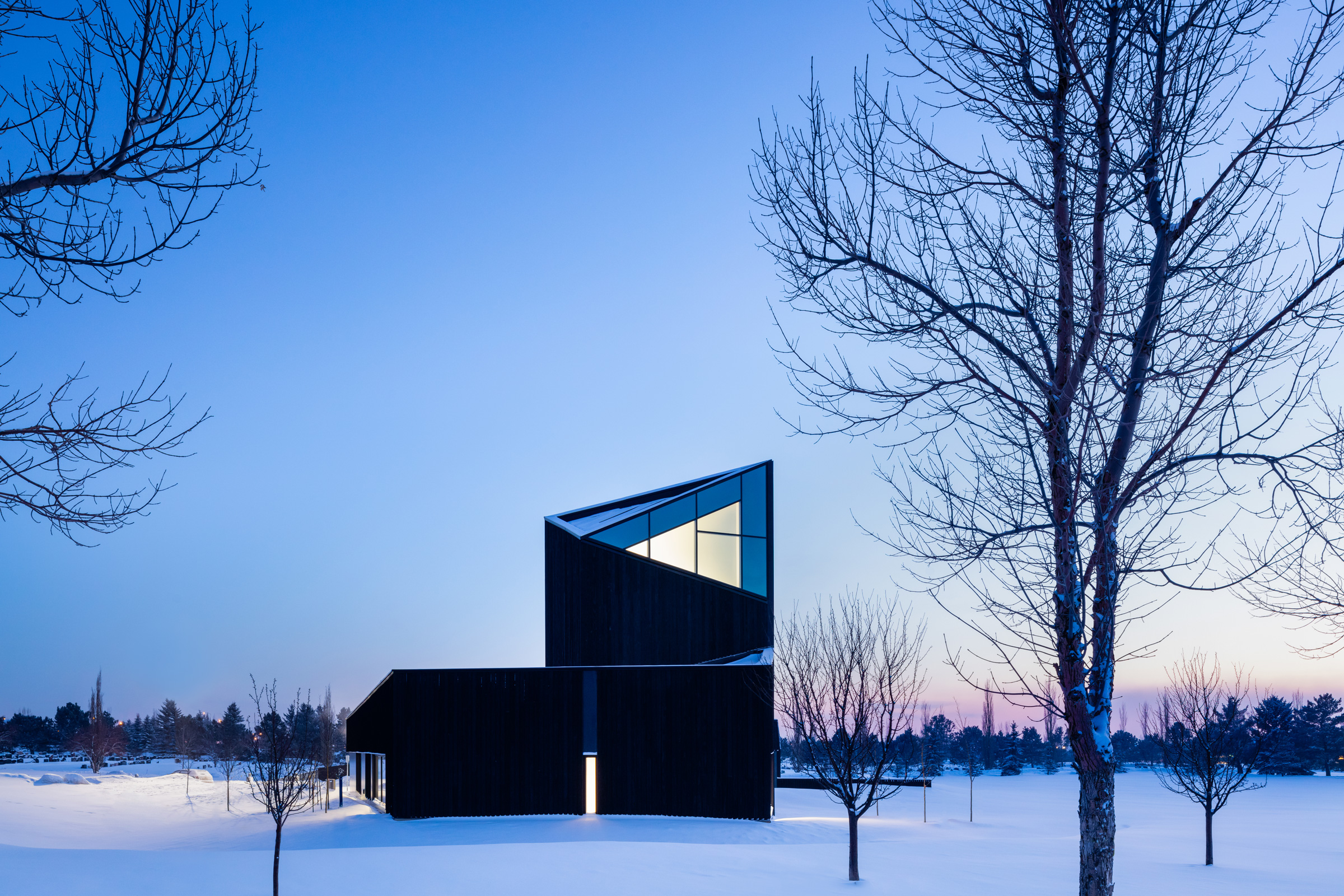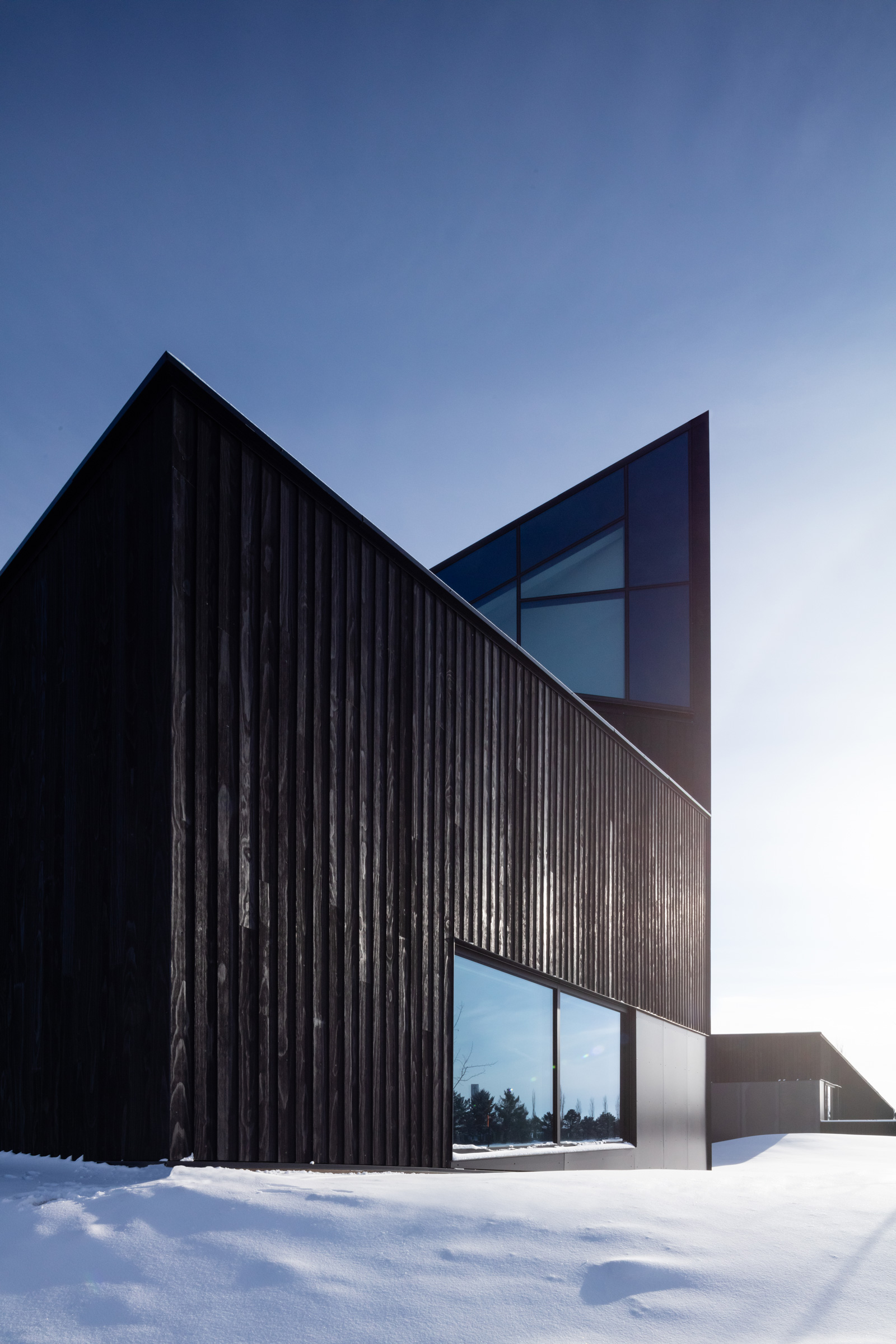Story at a glance:
- The experts at Delta Millworks look at the sustainability of wood as compared to steel and concrete.
- Delta Millworks’ diverse product offering includes exterior cladding, interior paneling, and flooring.
- The company uses wood salvaged from old buildings or grown on tree farms as part of its mission to build sustainably.
Established in 1985 as a pioneering purveyor of reclaimed wood and architectural millwork, Austin, Texas–based Delta Millworks continues to be an industry leader when it comes to making beautiful and sustainable wood products. These days, thanks to a greatly expanded product line and revolutionary treatments, the company is in high demand inside and outside the United States.
Whether exterior cladding, interior paneling, decking, or flooring, Delta’s clean and high-quality products are known for their outstanding versatility and durability. From residential homes to tech headquarters and upscale hotels, projects run the construction gamut using wood that’s salvaged from old buildings or grown on tree farms—which helps preserve what’s left of old-growth forests. Even weather- and fire-proofing is accomplished naturally, using time-tested techniques rather than with harsh chemicals that can adversely affect human health and pollute landfills.
To better understand why wood is often a better option than synthetic building materials like concrete and steel, gb&d spoke with Delta owner and CEO Robbie Davis. A second-generation leader who succeeded his founding father Bob, Davis expounded on the company’s manufacturing processes and core business philosophy.
What are the primary sources of Delta’s sustainable materials?
We source sustainable wood out of tree farms in New Zealand or British Columbia, where they’re pulling out less than 1% of the standing trees every year and then regrowing them, so most forests there are expanding. We don’t touch tropical hardwoods coming out of the Brazilian rainforest. And there’s still some clear-cutting going on in Asia and Africa and other parts of the world, so we avoid those, too. Frankly, we think modified woods like Accoya, our most popular product, outperform them. It’s Radiata pine that takes about 28 years before it’s ready for harvest. That’s remarkable considering that longleaf pine from old-growth forests or Giant Redwoods can be hundreds or thousands of years old. With our finishing techniques we can produce a wood that’s not only high-performance but beautiful.
How is wood more sustainable than steel or concrete?
It’s a very exciting time. Centuries ago everything was built out of wood. In the last 100 years or so we went to synthetic products like steel, plastic, and concrete. And now we’re transitioning back to wood, which is something that we should all feel good about.
People don’t realize that buildings and their construction, including materials, account for almost 40% of global carbon emissions. In terms of steel, concrete, and plastic versus wood, it’s apples and oranges. Wood, even some of the bad wood that’s used, is the most sustainable product you can build with. It’s sourced from tree farms or sustainable forests that are expanding, and trees feed on the carbon that humans produce. The more forestry we have, the more carbon sequestering we have in our atmosphere.
With the manufacturing of steel, there’s off-gassing and pollution coming from the factories. Plastics are totally made from chemicals. Like steel, which comes from iron ore that requires mining, concrete is another mining and chemical product that produces lots of pollution. Wood is a clean, real, and raw natural resource. Even the chemical process used to treat our Accoya line is natural and non-toxic. It’s acetylated wood, which means it’s infused with what’s basically vinegar or alcohol. The technology has been around for 100 years. In fact, Accoya is actually a food-grade product that can be used in just about any setting. It also has a Cradle-to-Cradle Gold certification, which is extremely rare. That means it’s a carbon-negative product that, over its lifespan, absorbs more carbon than it puts out. We like Kebony, another modified wood in our line, and we sell a fair amount of it. But it doesn’t hold a candle to Accoya in terms of performance, reliability, and sustainability.
What would you say to those who think steel or concrete are cheaper and last longer?
Can they be more affordable? Yes. Do they last longer? They don’t. And that’s something that really surprises people. For instance, Accoya, which has been around for about 15 years, has a 50-year structural outdoor warranty against rot and decay, with an estimated 60-year service life. That’s longer-lasting than most of the metal, aluminum, or cement-based siding options on the market. Even plastic products only have 10- to 20-year warranties. Builders are increasingly realizing this as evidenced by the growing mass timber trend, where more wood is used than steel or concrete. And not just for finishing, but for structural support members, floors, and walls.
Are there a couple of past Delta projects that stand out in your mind?
- South Haven Remembrance Center. Photo by Ema Peter Photography
- South Haven Remembrance Center. Photo by Ema Peter Photography
We did a project in Canada that has won a lot of awards. It’s up in Alberta and called the South Haven Remembrance Center. Our charred Accoya wood was used for most of the siding, and it’s got a very unique lap pattern. We also worked on Meadows Passive House, a sustainable feat in Park City, Utah that we’re pretty proud of. A passive house is a voluntary standard for energy efficiency in a building, which reduces the building’s ecological footprint, resulting in extremely low energy buildings that require very little energy for space heating or cooling. The Meadows Passive House is clad in our Accoya Gator siding and Accoya Burned & Brushed paneling, which contributes to the overall sustainability of the project.
How does Delta treat its wood to enhance durability and longevity?
It’s now possible to make wood panels and beams that are actually as strong as and more fire-resistant than steel. We started using one of our finishes, a Japanese charring process called shou sugi ban, about 12 years ago.
In addition to its performance characteristics, it’s also beautiful. We do various levels of char, from light to dark to something that looks a bit like reptile skin and actually crackles. That thick layer of char-induced carbon protects the wood from the elements and other things that might degrade it, so you can potentially avoid any sort of oil or other type of toxic coating.
We also do protective clean coatings where we texture the wood before coloring it so it’s ready to install onsite. Factoring finished products are now a major focus of our business. In terms of life cycle maintenance, some wood siding needs to be refinished every couple of years. Ours can go six or eight years before that’s necessary. The less you have to treat wood, the easier it is to work with and the cleaner it is in the long run.
When using wood products for construction, how concerned should builders be about fire resistance?

Meadows Passive House in Park City, Utah. Photo courtesy of Delta Millworks
With new technologies and wall envelopes and natural processes like shou sugi ban, wood can be made extremely fire-resistant. They’ve done burn tests on wood timbers versus steel I-beams of the same size, and the I-beams ultimately fail first. Once you burn that timber in one inch deep, the wood physically can’t burn any further on a big solid beam, even in a raging fire that’s engulfing the building.
What are some unique interior applications of your products, and how are they beneficial beyond improved aesthetics?

Inside Meadows Passive House. Photo courtesy of Delta Millworks
It’s mainly ceilings and walls. We do some really amazing flooring as well. And everything is totally custom, starting with the woods and including sizes, finishes, burns, and textures.
Anything that uses a lot of wood positively impacts the indoor environment from a mental and physical health perspective. There’s an innate human attraction to wood, which is part of what’s called biophilic design. Whether we’re walking in the woods or inside a building, natural products such as wood have a de-stressing effect and can help alleviate depression while increasing productivity and happiness. And because indoor air can often be more toxic than outdoor air due in large part to off-gassing from chemically treated products like carpets and paneling, our clean and natural wood uses water-based treatments with zero VOCs and is totally non-toxic.




